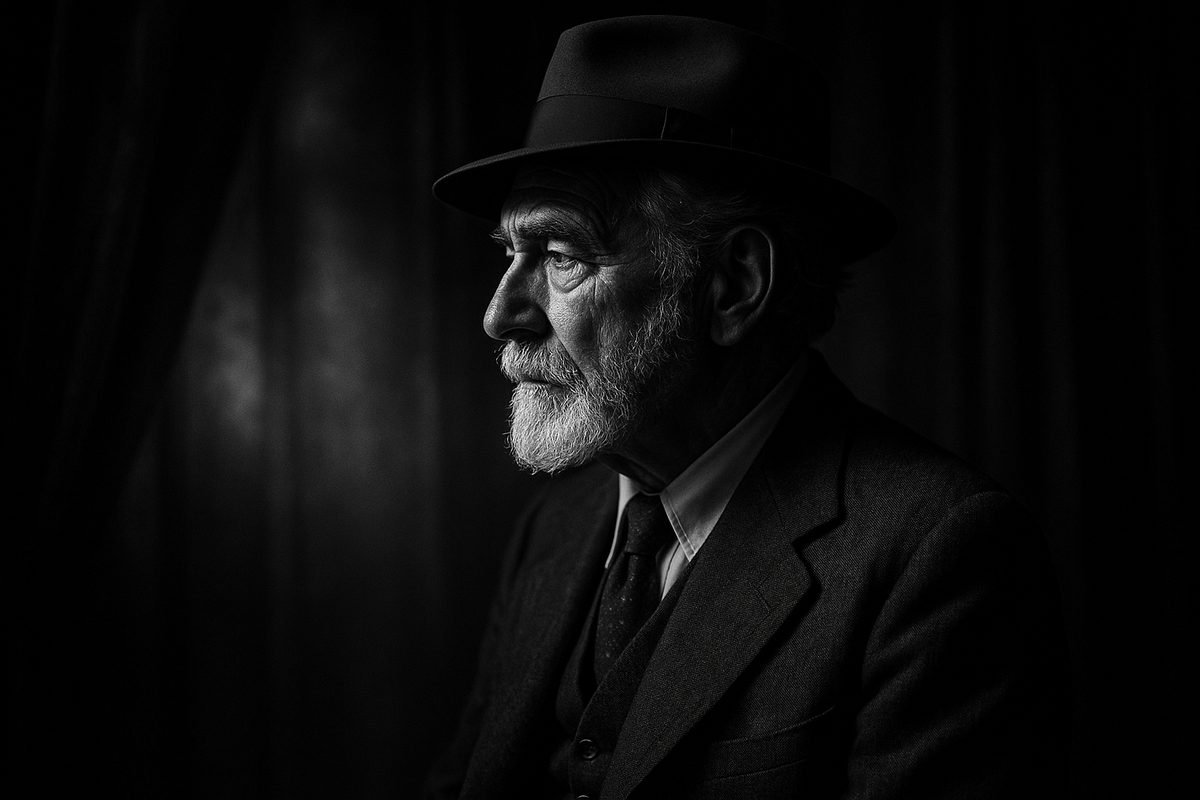William Challee: The Enduring Legacy of a Group Theatre Founder and Hollywood Character Actor

In the annals of American entertainment, some figures shine brightly in the spotlight, while others leave an indelible mark through quiet, consistent dedication. William Challee belongs to the latter category, a versatile actor whose career spanned over five decades, leaving a legacy on both the stage and screen.
Though not always a leading man, Challee was a constant presence, a character actor who brought depth and authenticity to every role he inhabited. His story is one of passion, artistic integrity, and a lifelong commitment to his craft.
The Man Behind the Roles: Who Was William Challee?
William John Challee was more than just a face in the crowd. He was a foundational figure in American theater, a co-founder of the influential Group Theatre, and a familiar presence in countless classic films and television shows.
His career was a testament to the power of the character actor, the artist who builds the world of the story one role at a time. From the revolutionary stage of the 1930s to the golden age of Hollywood and television, Challee’s journey reflects the evolution of American performance art.
He was an actor’s actor, respected by his peers and a vital part of the industry’s fabric.
From Chicago to Broadway: The Early Years
Born in Chicago, Illinois, on April 6, 1904, William Challee’s journey into the world of acting began far from the glitz of Hollywood. After attending Lake View High School, his ambition led him to the stage, and by 1926, he had made his debut on Broadway.
These early years were formative, as Challee honed his skills in the vibrant and competitive world of New York theater. He worked with the Provincetown Playhouse and the Theater Guild, immersing himself in the creative energy that would soon spark a revolution in American drama.
A Founding Father of the Group Theatre
William Challee’s most significant contribution to American theater was his role as a founding member of the legendary Group Theatre in 1931. This collective of actors, directors, and playwrights was dedicated to a new, more naturalistic form of performance, deeply rooted in social and political consciousness.
Alongside luminaries like Clifford Odets, Lee Strasberg, and Stella Adler, Challee helped shape a movement. He was featured in seminal Odets plays such as “Waiting for Lefty,” “Golden Boy,” and “Paradise Lost,” productions that defined an era and influenced generations of actors to come.
The Leap to the Silver Screen: A Hollywood Career
As the Group Theatre’s influence waned, Challee, like many of his contemporaries, looked west to Hollywood. By the mid-1940s, he had established himself as a reliable and versatile character actor in the film industry, appearing in nearly 50 films.
His roles were often supporting, but always memorable. He appeared in a wide range of films, from war dramas like “Destination Tokyo” to film noir classics like “Desperate” and “Nocturne.”
His presence added a layer of realism to every scene he was in.
A Familiar Face on Television
With the rise of television, William Challee found a new medium to showcase his talents. Throughout the 1950s, 60s, and 70s, he became a familiar face in American households, appearing in some of the most popular series of the time.
His television credits are a who’s who of classic TV, including “The Lone Ranger,” “Perry Mason,” “Bonanza,” “Gunsmoke,” and “The Twilight Zone.” He had a remarkable ability to adapt to different genres, from westerns to crime dramas, always delivering a compelling performance.
The Iconic Role: “Five Easy Pieces” and Beyond
Perhaps William Challee’s most remembered film role is one in which he never speaks a word. In the 1970 classic “Five Easy Pieces,” he played the silent, incapacitated patriarch of a dysfunctional family, opposite Jack Nicholson.
His performance was a masterclass in subtlety, conveying a lifetime of emotion and regret through his eyes and frail physicality. It was a powerful and haunting portrayal that remains a high point of his career and a testament to his skill as a dramatic actor.
A Private Life, A Public Legacy
Beyond the stage and screen, William Challee led a rich and varied life. He was married four times, including to actress Ruth Nelson and his longtime partner, Joan Wheeler Ankrum.
With Ankrum, he co-founded the Ankrum Gallery in Los Angeles in 1960, a venture that showcased his passion for the visual arts. His life was a blend of artistic pursuits, from acting and directing to his involvement in the art world.
He was a man of many talents, whose quiet dedication to his craft left a lasting impact on those who knew him and worked with him.
The Final Curtain: Remembering William Challee
William Challee passed away on March 11, 1989, at the age of 84, from complications of Alzheimer’s disease. He left behind a legacy that is woven into the very fabric of American theater and film history.
He was a pioneer, a collaborator, and a consummate professional. His work with the Group Theatre helped redefine American acting, and his long career in Hollywood and television made him a familiar and respected figure in the industry.
Conclusion: An Actor’s Actor
William Challee’s career is a powerful reminder that a legacy is not always measured in leading roles or box office numbers. It is measured in the quality of the work, the dedication to the craft, and the impact on the art form.
As a founder of the Group Theatre and a character actor of immense talent, Challee’s contributions are undeniable. He was, in the truest sense, an actor’s actor, a man whose life and work continue to inspire and resonate today.
Last modified:

